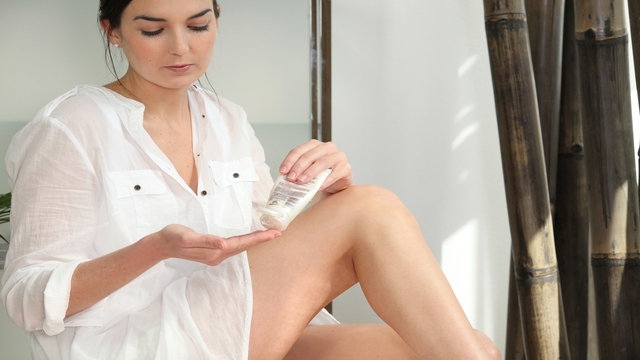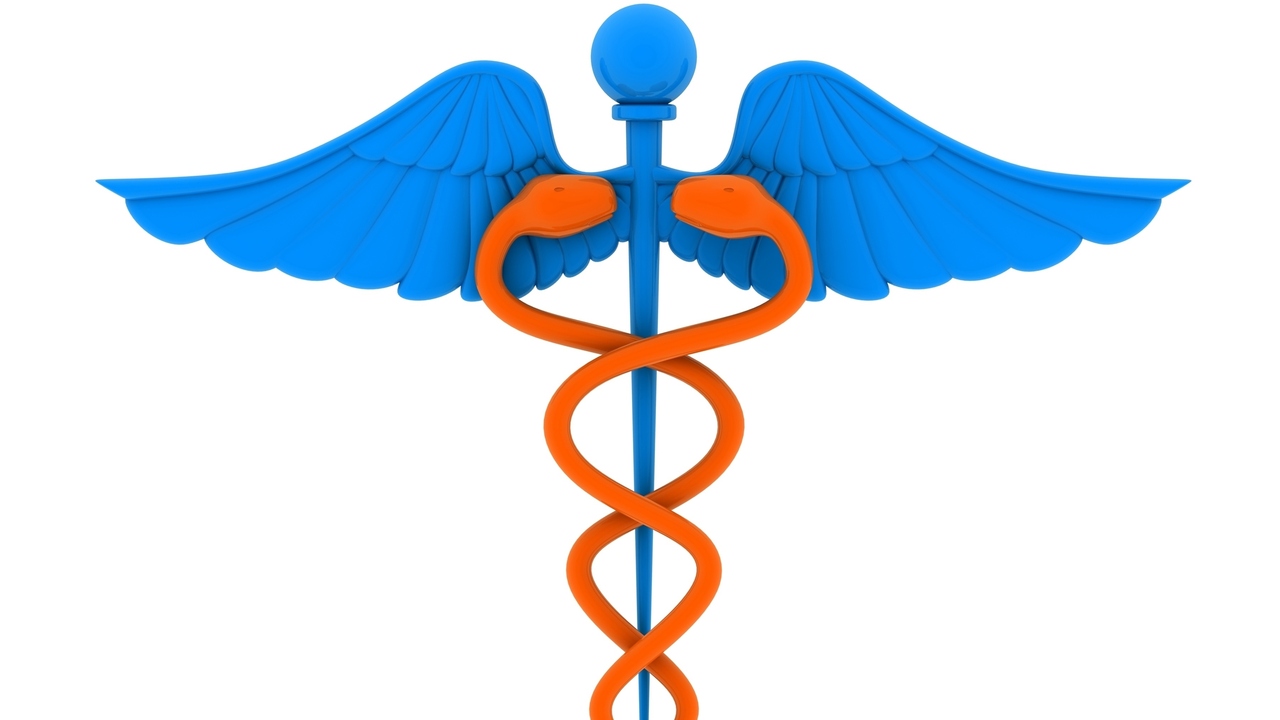 Auremar/PhotoSpin
Auremar/PhotoSpin
Appearing gnarly, twisted, purple and raised, varicose veins are seldom dangerous.
Commonly, legs, ankles and feet are affected though varicose veins can appear elsewhere on the body.
While arteries supply blood to the body, veins are the vessels that return blood to the heart. With age the walls of the vein lose elasticity and stretch, causing the valves in the vein to no longer function effectively. As a result, blood pools in these areas.
In pregnant women blood volume increases to support the fetus but blood flow decreases in the lower body. Typically occurring late in pregnancy the extra pressure exerted by the uterus gives rise to this condition. Changes in hormones may contribute to varicose veins.
Conservative treatment includes support stockings, avoiding long periods standing and raising your legs when sleeping or resting.
In more severe cases where pain, ulcers or appearance are the issue, surgery may be indicated.



Add a CommentComments
There are no comments yet. Be the first one and get the conversation started!